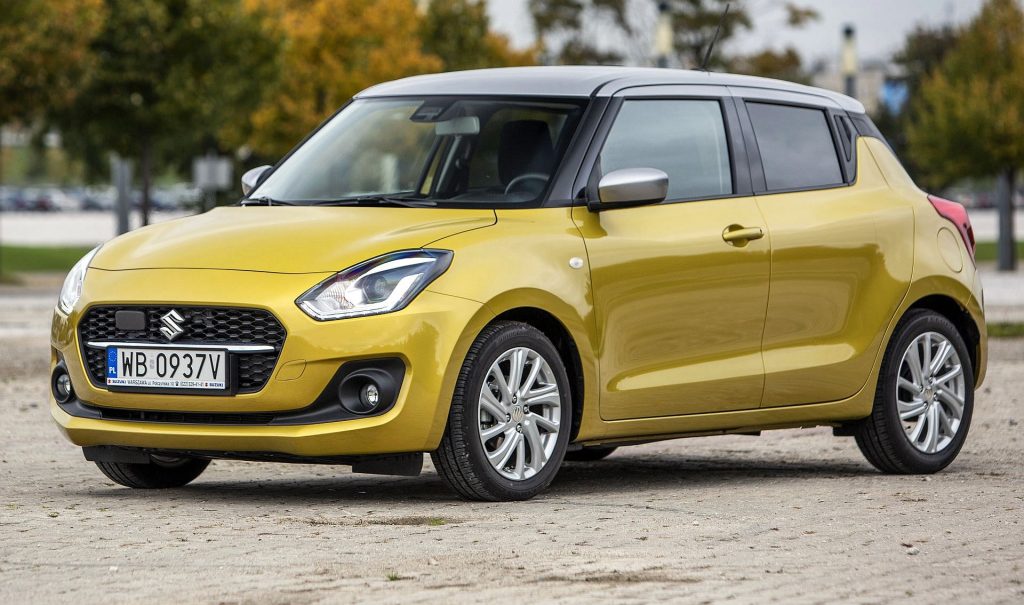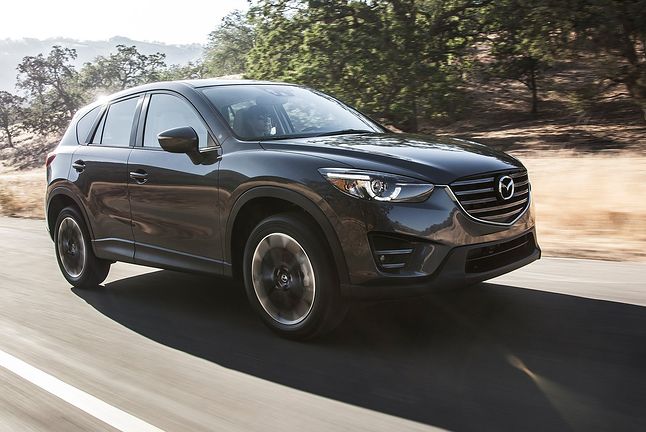
One name, different cars. See how manufacturers get confused in the nomenclature!
Content
Reverting to old model names is becoming an increasingly common procedure used by manufacturers. Here are examples of different cars with the same names. Many manufacturers have or have had in their offer a car that stands out and remains in memory for a long time. Sometimes, for financial reasons or a change in the company's operating strategy, it is not possible to introduce a successor and thus continue production.
But there is a workaround here too: it is enough to “resurrect” the legend about the model, giving a name to a completely new product. There is no doubt that these are SUVs in our time. In recent years, we have seen "new incarnations" of Mitsubishi Eclipse, Citroen C5 and Ford Puma. Previously, they functioned as sports cars or limousines, now they have a raised body and fenders. Such times.
Let's also look at other cases where an old name appears on a completely different car.
Chevrolet Impala
In the 60s and 70s, the Chevrolet Impala was an icon of the American cruiser, later it became somewhat reminiscent of muscle cars. A cardinal change in the image of the model took place in the 90s, and shortly before the beginning of the 2000s, the car was assigned to the middle class. The modern Chevrolet Impala looks like ... nothing at all.
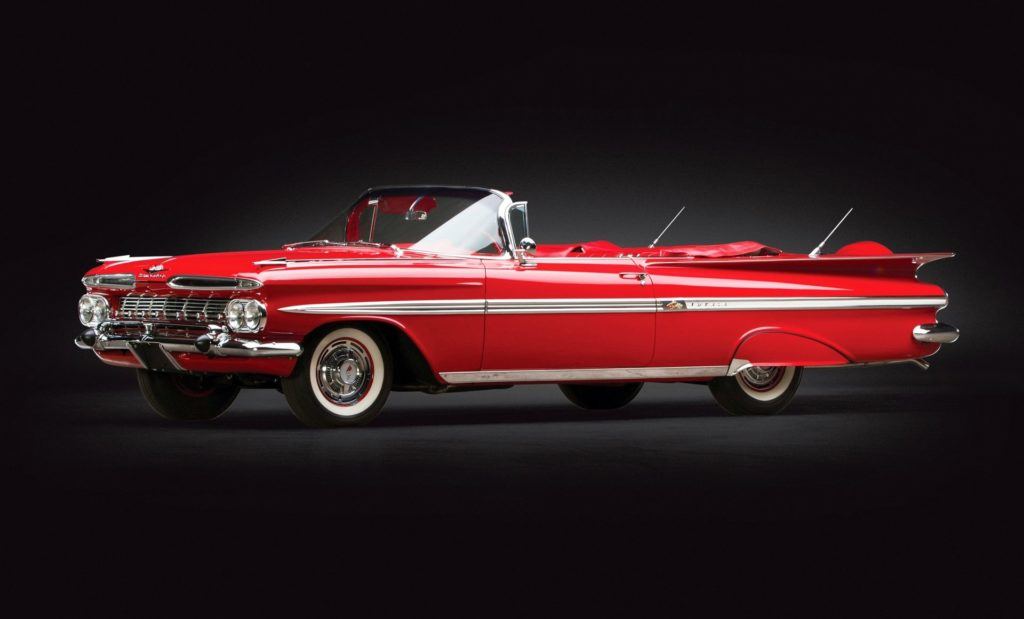
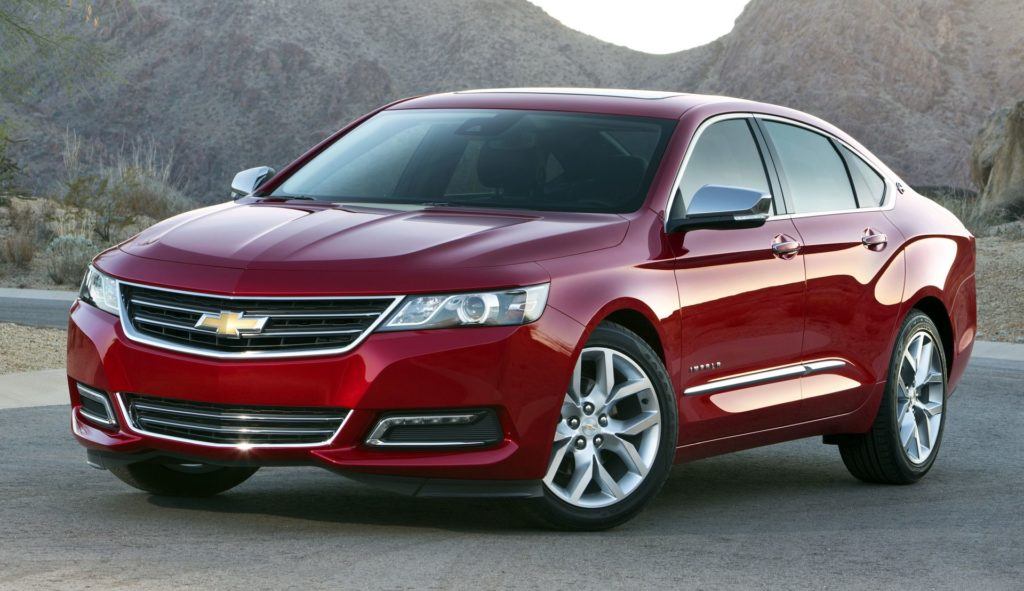
Citroen C2
When thinking about the Citroen C2, we think of a small 3-door car with a bi-fold tailgate, offered in VTS sports versions with over 100 hp. Meanwhile, in China, the Citroen C2 is nothing more than…a heavily modernized Peugeot 206 that was produced until 2013.
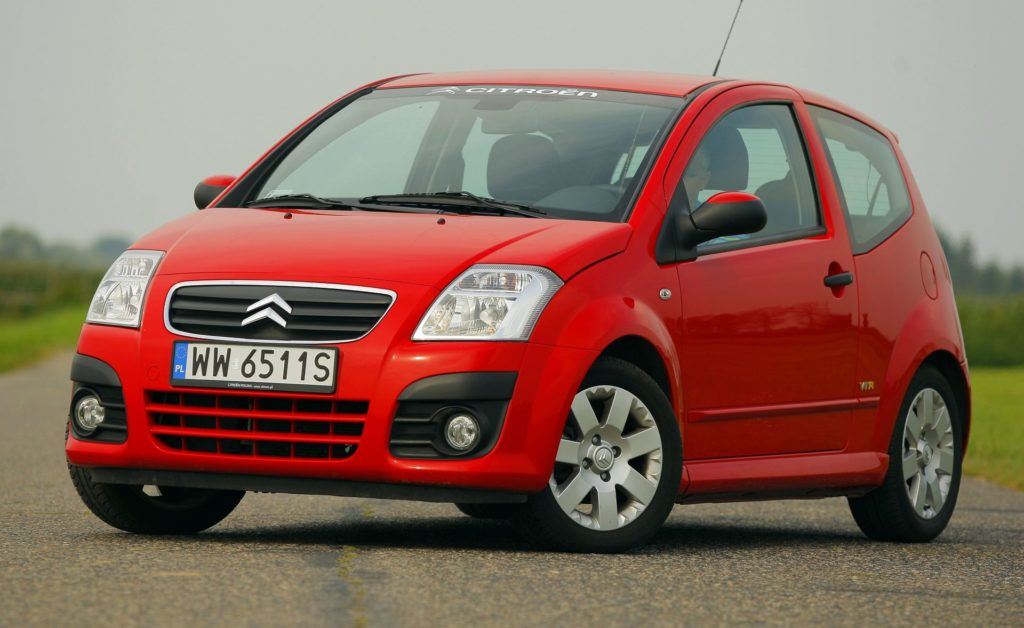
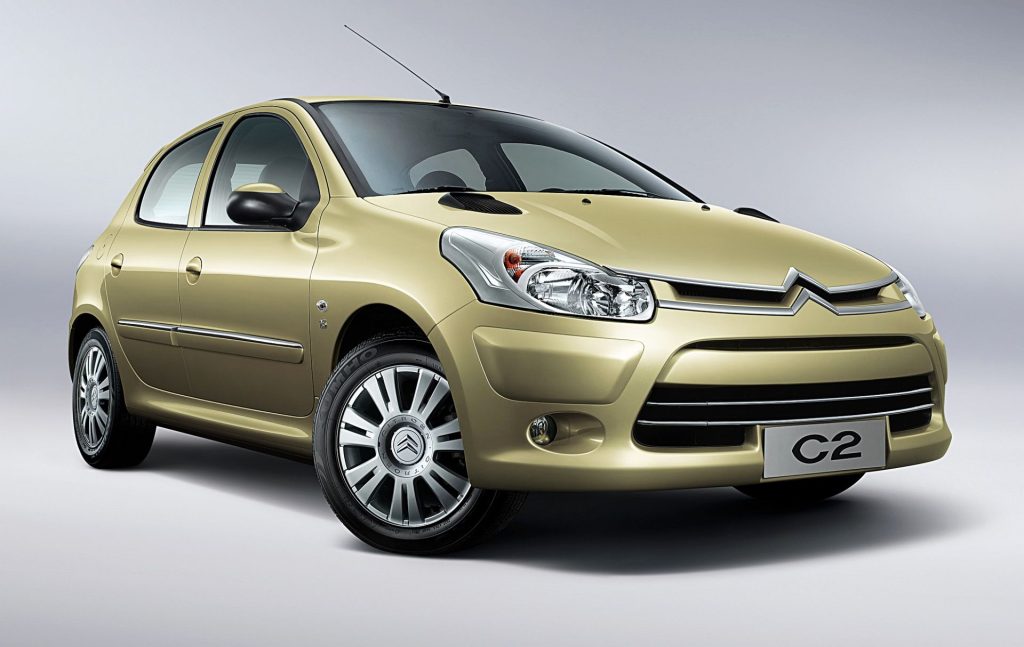
Citroen C5
The first incarnation of the Citroen C5 was famous for its comfortable and durable hydropneumatic suspension as standard. In the next generation of 2008-2017, this solution has already become an option. With the end of its production, the name "C5" passed to a compact SUV - Citroen C5 Aircross. Citroen did a similar trick with the C3: by adding the word "Aircross" we got the image of an urban crossover. Interestingly, the production of the C5 II (facelift) continued in China. For 2022, that name has returned to the C5X, which also has a crossover touch.
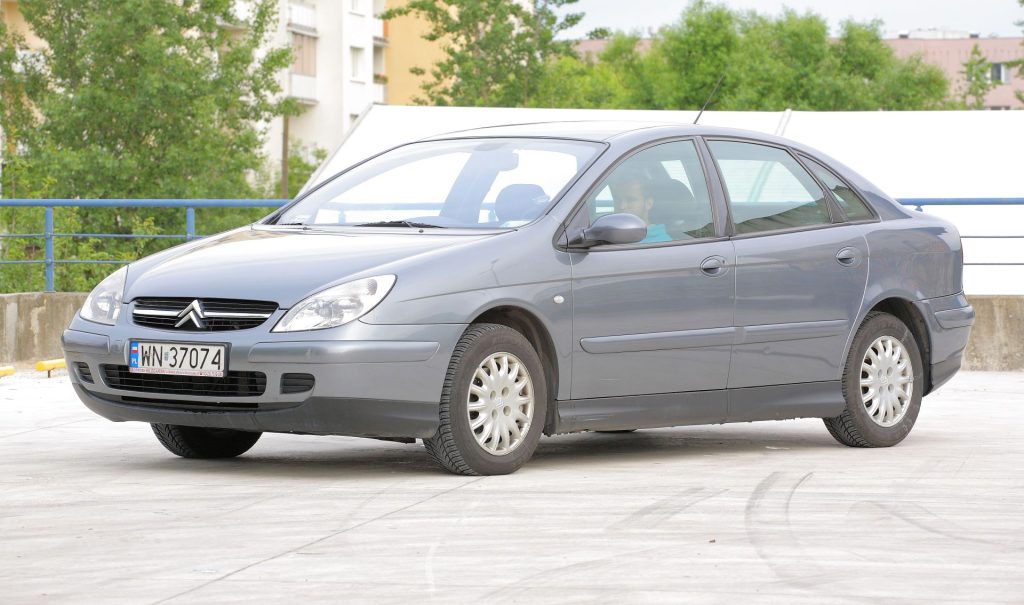
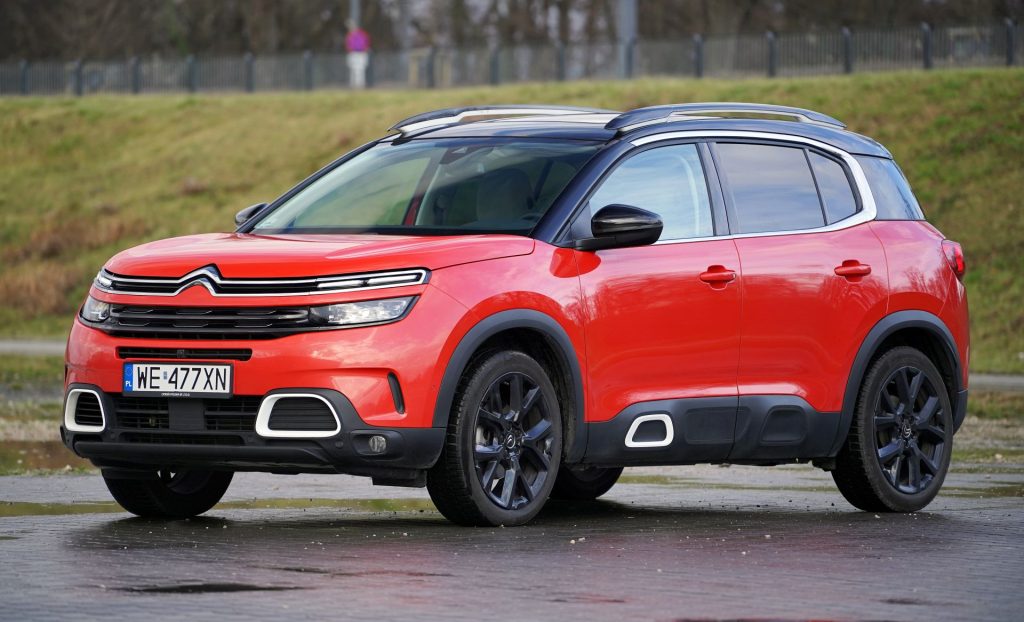
Dacia Duster
While the currently offered Dacia Duster has taken many markets around the world (including Poland) by storm, the name has been in use for a long time. Dacia Duster was called the export versions of the Romanian Aro 10 SUV sold in the UK. The car used technology from the popular Dacia 1310/1410 and remained in production until 2006.
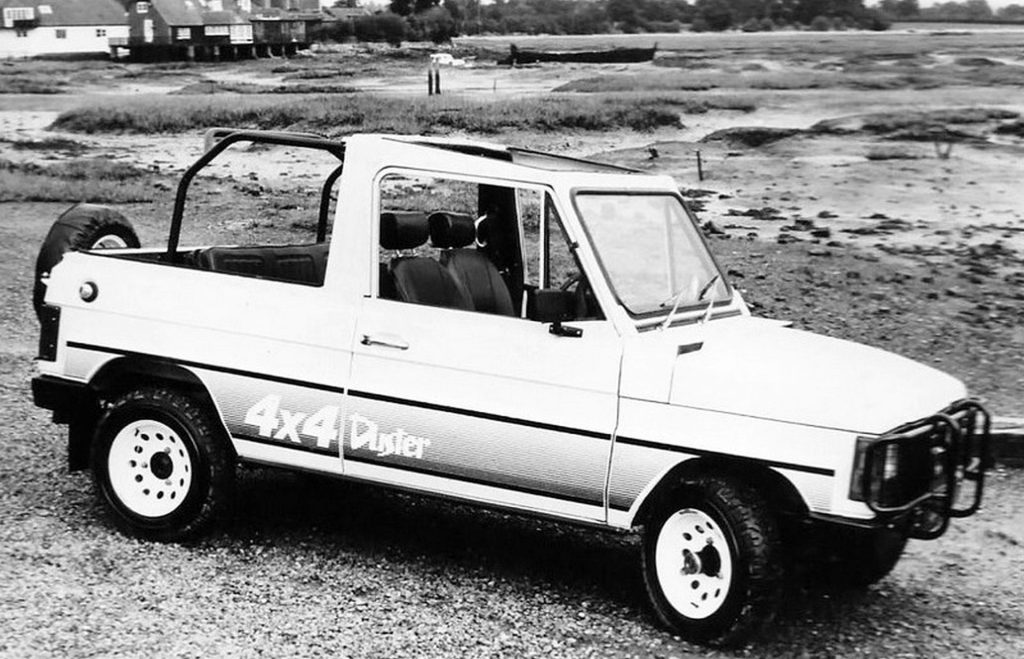
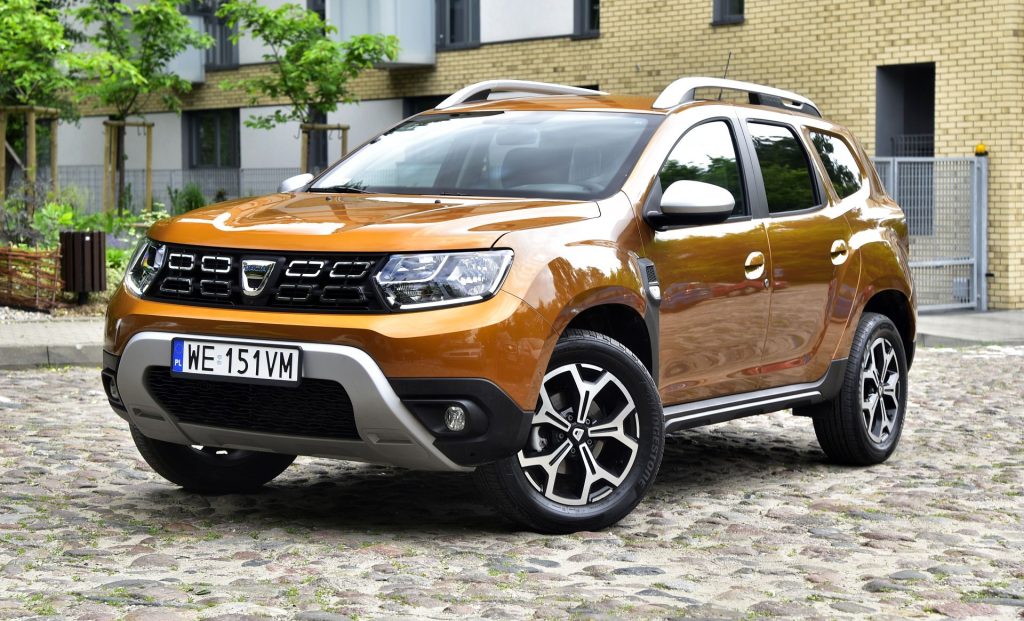
Fiat Croma
Fiat has made several more or less successful rollbacks. In different years, two different Fiat Tipo were released (in 1988-1995 and the current model has been produced since 2015) and Fiat Croma, which, by the way, were cars with different characteristics. The older one (1985-1996) was positioned as a representative limousine, and the second generation was produced in 2005-2010. more like a luxury station wagon. The manufacturer even revived the Fiat 124 Spider (2016-2020), but the name is not quite the same as the 1960s ancestors (it was called the 124 Sport Spider).


Ford Fusion
The Fusion we know was a 4-meter, 5-door car with a slightly raised body and ground clearance, which is why Ford considered it as a cross between a minivan and a crossover. Meanwhile, in the US, the Ford Fusion debuted in 2005 as a mid-range sedan, with a second generation from 2012 to 2020 that was simply the 5th generation Ford Mondeo.
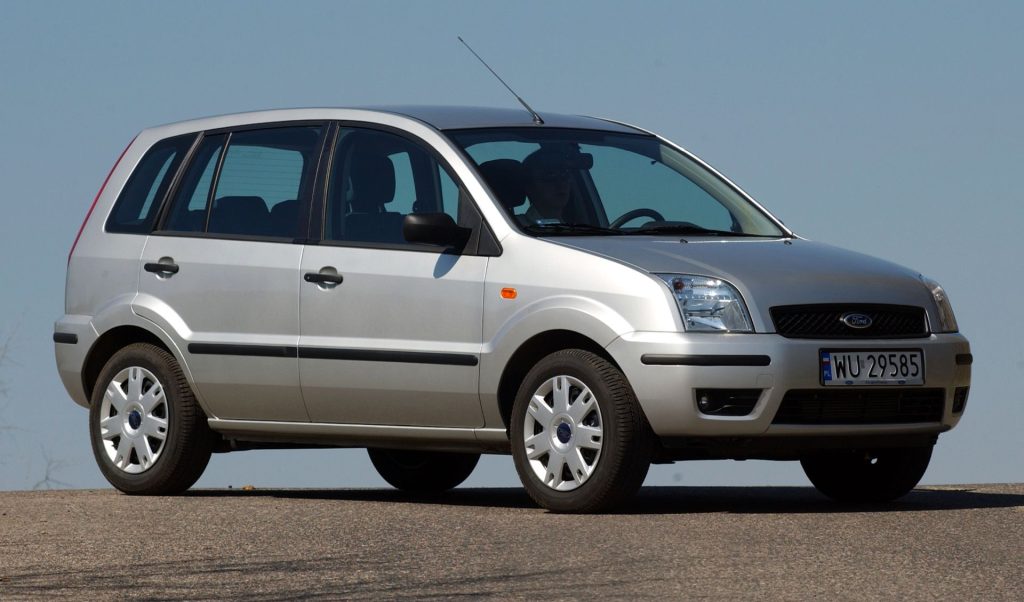

Ford Puma
At one time, the Ford Puma was associated with an urban coupe developed from the Fiesta. It has also gained popularity in car racing and computer games. It is difficult to say whether the new Ford Puma, which is a small crossover, has been perceived with the same enthusiasm. Fortunately, it is unique and original.
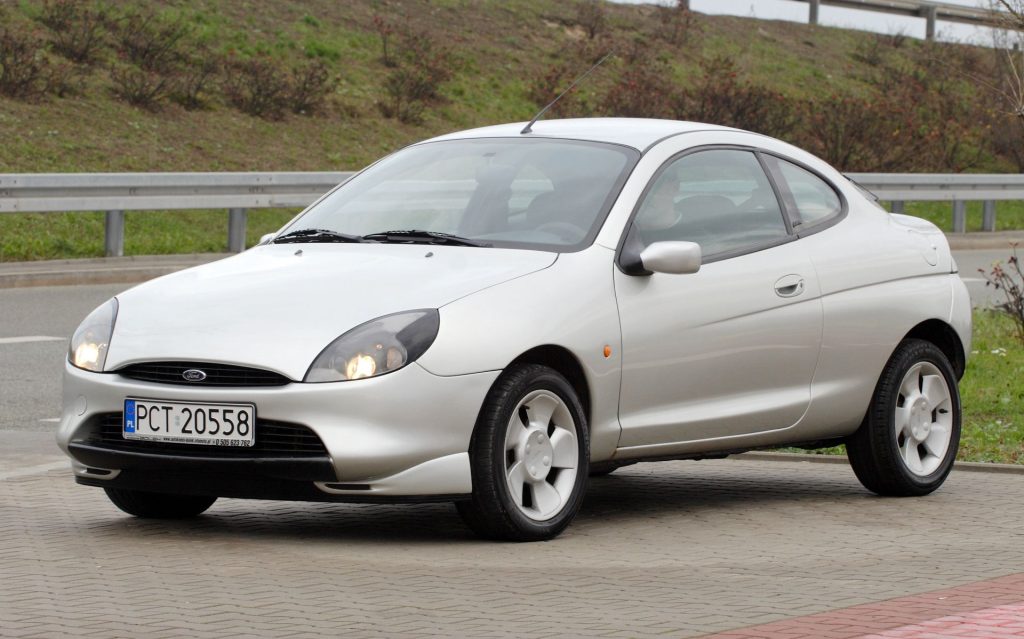

Lancia Delta
The classic Delta is primarily associated with rallying and high-performance Integrale variants reaching dizzying amounts on online auctions. The name disappeared for 9 years (in 1999), only to reappear in 2008 with a brand new car: a 4,5m luxury hatchback. There is nothing to count on the sporting spirit of the predecessor.
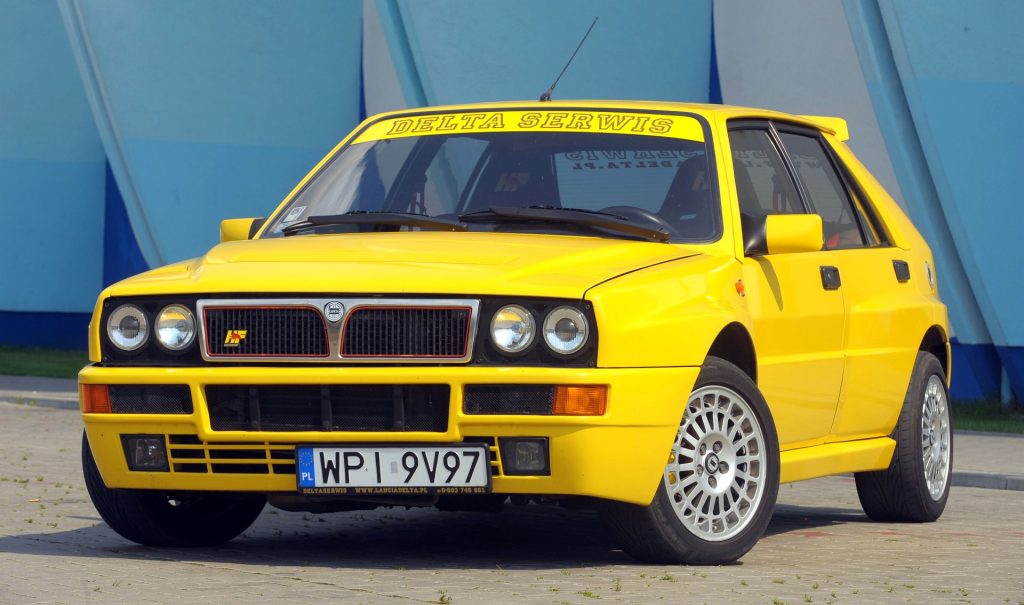

Mazda 2
We recently witnessed the debut of the Mazda 2 Hybrid, a collaboration with Toyota so close that the Mazda 2 Hybrid differs from the Yaris only in badges. It is worth noting that the standard “two” remained in the proposal. Interestingly, it was also sold as the Toyota Yaris iA (in the US), Yaris Sedan (Canada), and Yaris R (Mexico).
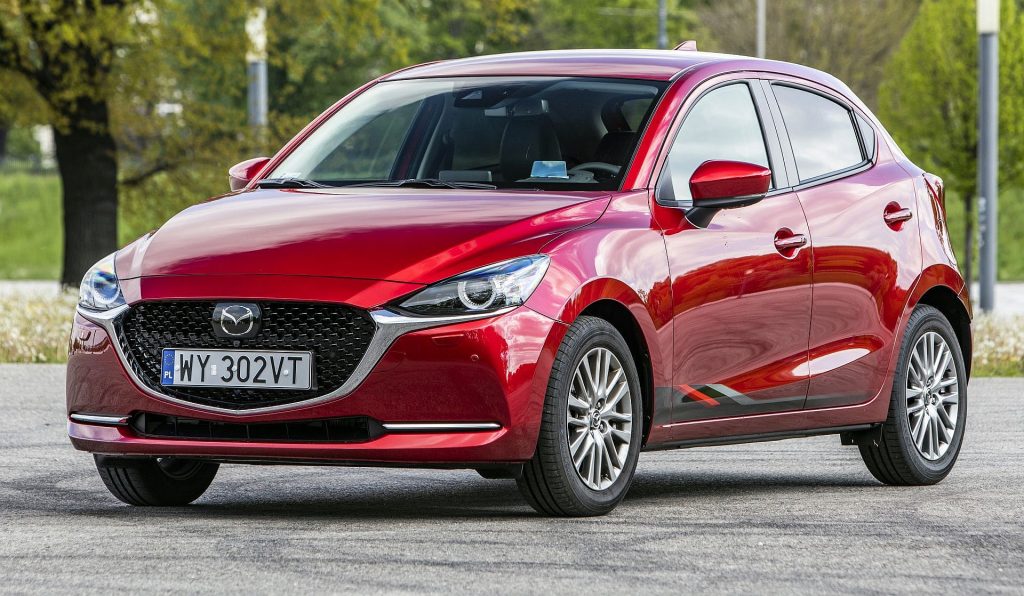
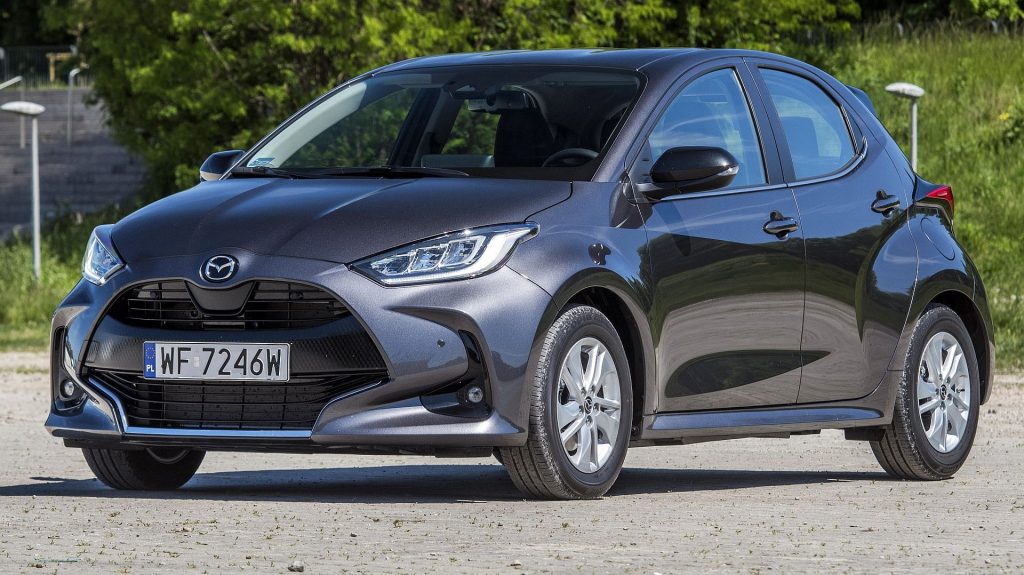
Mini Countryman
The rich history of the legendary Mini includes, among other things, an estate with double rear doors. A similar solution was used in the Mini Clubman (since 2007) in the BMW era, but the classic model was called ... Morris Mini Traveler or Austin Mini Countryman, i.e. similar to the Mini compact SUV, produced in two generations since 2010.
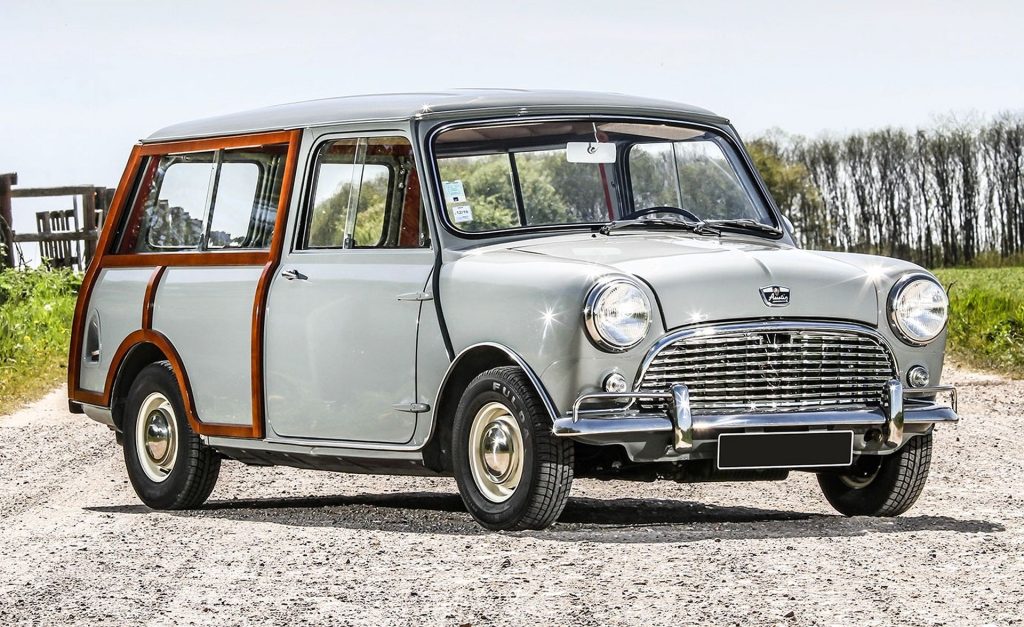
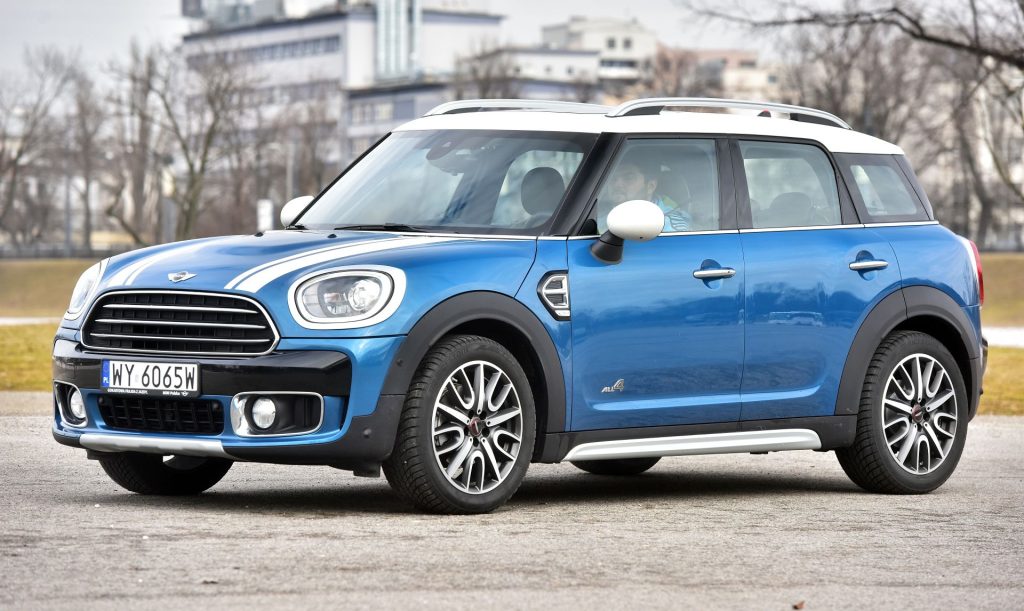
Mitsubishi Eclipse
Many fans of the brand were outraged that the name, reserved for more than 20 years for four generations of sports Mitsubishi, was transferred to ... another crossover. To distinguish between the two cars, the manufacturer added the word "Cross". Perhaps this step was facilitated by the silhouette of a new SUV with a sloping roof, a bit reminiscent of a coupe.
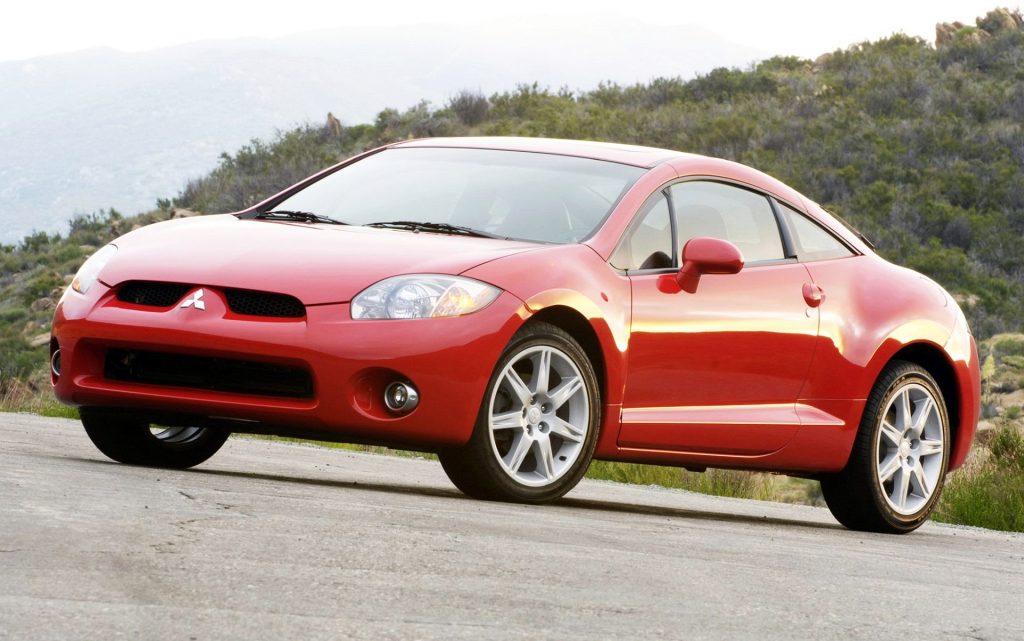
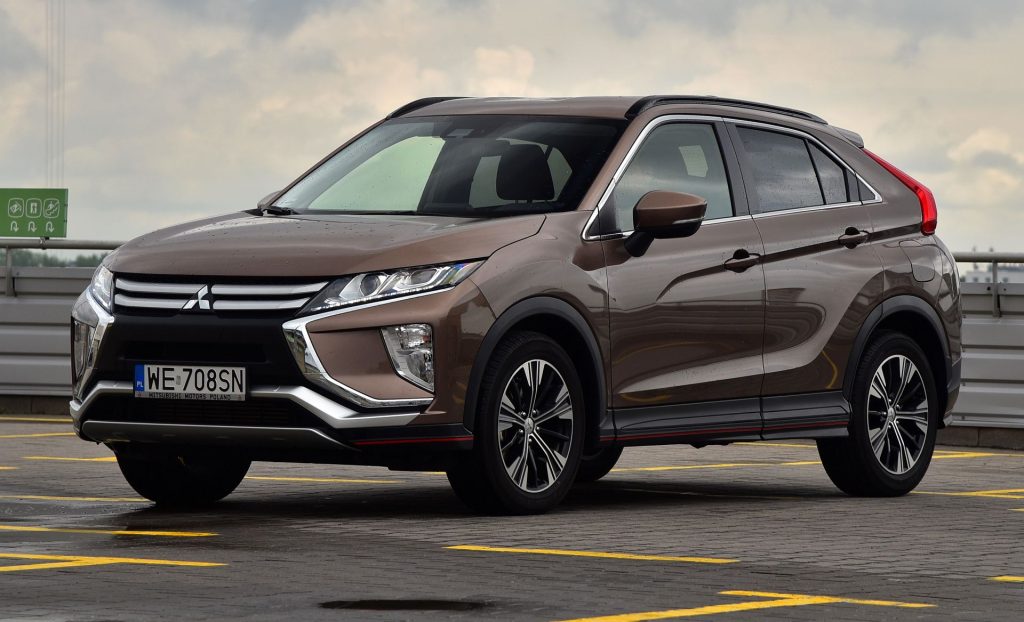
Mitsubishi Space Star
The first Space Star at the turn of the 1990s and 2000s won a large group of recipients in Poland, who appreciated the spacious interior while maintaining the dimensions of a city car (just over 4 m in length). Mitsubishi returned to this name in 2012, using it in a small model of the mini segment. Production of the Space Star II continues to this day, and the car has already gone through two facelifts.

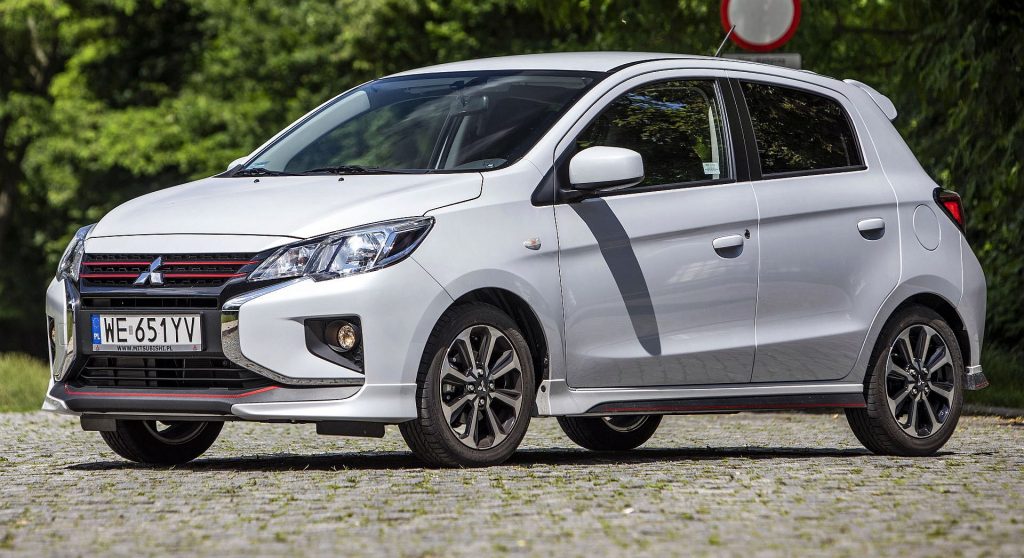
Opel Combo
The Opel Combo has always had problems developing individual character. It was either a body variant of another model (Kadett or Corsa; in the case of the first three generations), or another manufacturer's car with an Opel badge - like Combo D (i.e. Fiat Doblo II) and the current Combo E (twin of Citroen Berlingo and Peugeot Rifter) . You have to give him one thing: all combos are classified as trucks.
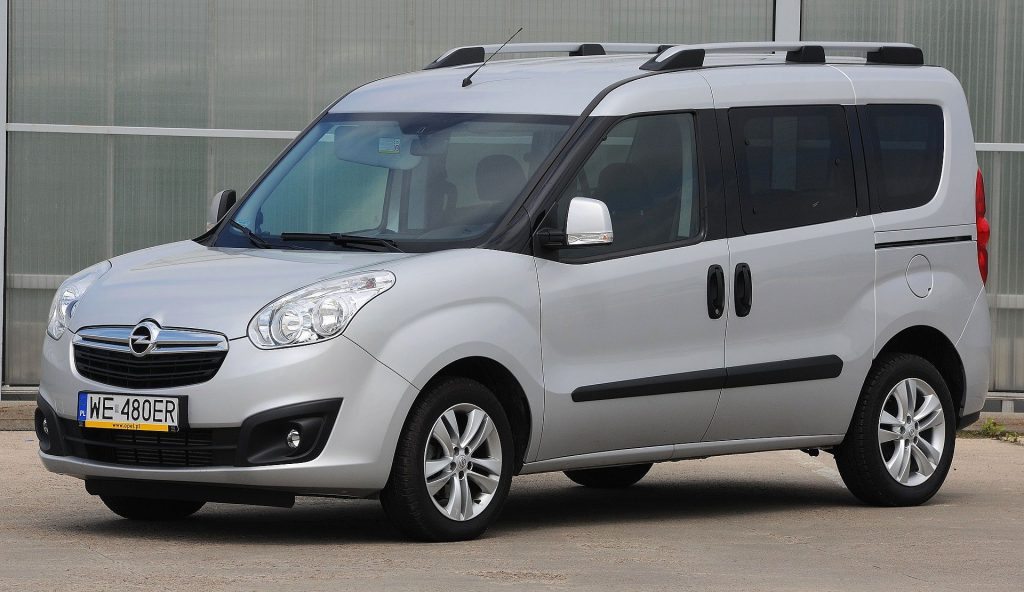

Peugeot 207
Back to the Peugeot 206 again. It sold so well in Europe that the facelifted 206+ was introduced in 2009 along with its successor, the 207. This car was sold under the same name in some South American markets with the addition of "Compact" as well. Interestingly, not only a hatchback was sold in this form, but also a station wagon and a sedan.

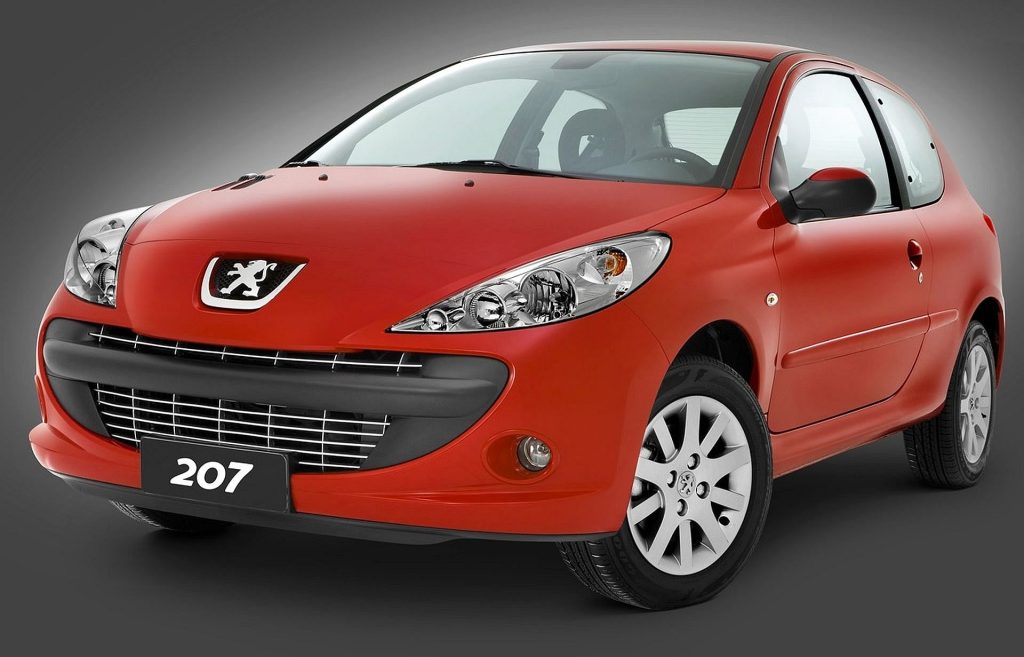
Renault Espace
The biggest, the most spacious, the most functional - already the first generation of Espace has collected numerous nicknames "the best" and for many decades the model has remained the leader among large family vans. All the advantages of Renault Espace evaporated after the presentation of the 5th incarnation, which has become fashionable for SUVs and crossovers. The car is cramped and with less interior customization than its predecessors.
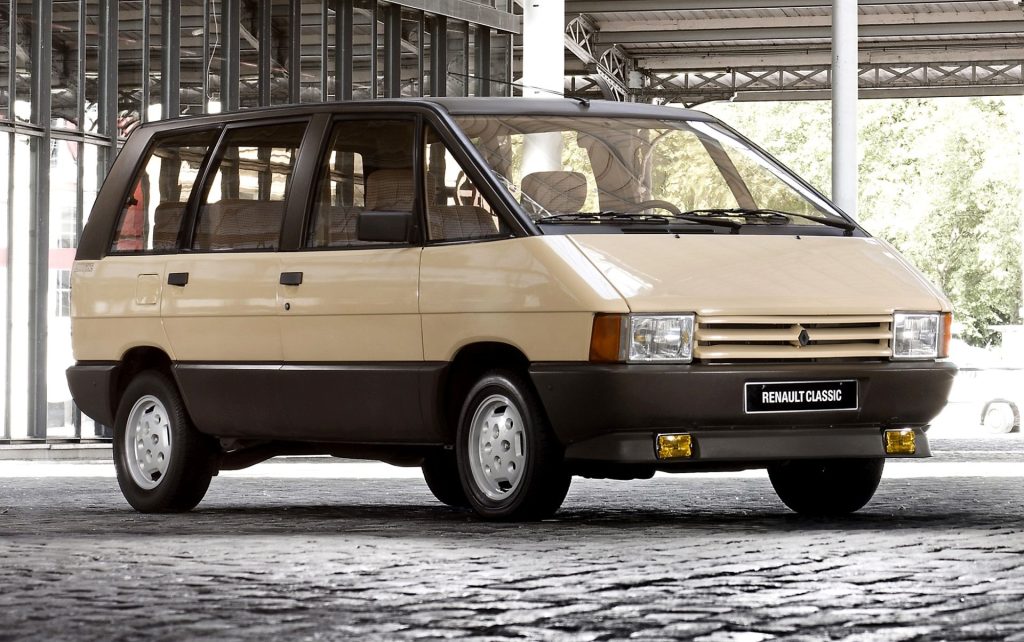
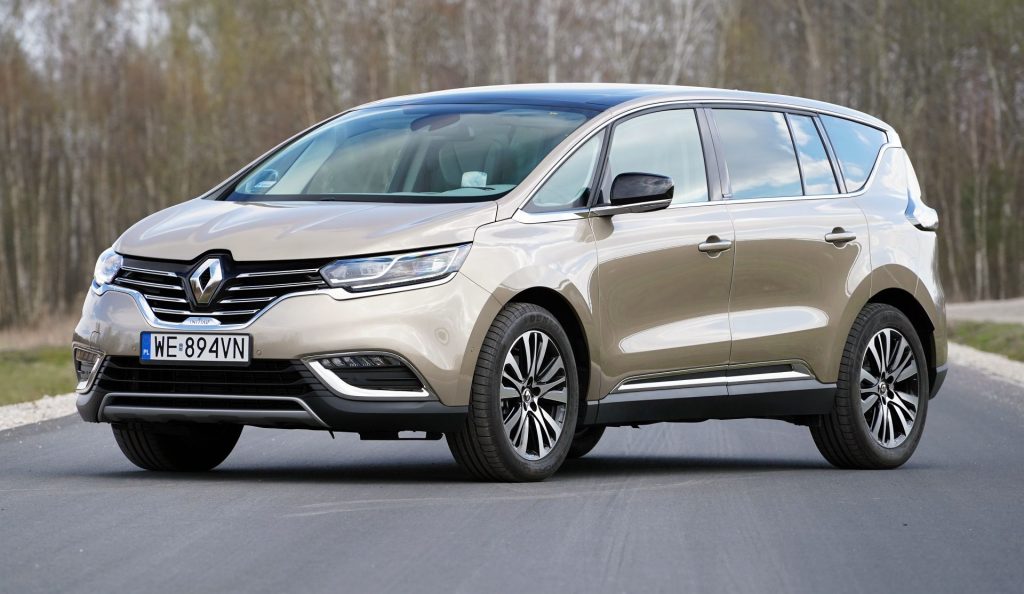
Skoda Rapid
Skoda Rapid are three completely different eras in the automotive industry. That was the name of a small car from the 1930s and 40s. (with a reinforced engine), then a 2-door coupe from the 80s, developed on the basis of the Skoda 742 series (the so-called Czech Porsche) and a budget model from the 2000s, sold in Europe (2012-2019) and the Far East, including others in India, where the model looked like a cross between a Fabia sedan and a Volkswagen Polo. In Poland, this model was replaced by the Scala hatchback, but Rapid production (after modernization) was continued, including. in Russia.


Suzuki Swift
It is difficult to count all the names under which the various generations of Suzuki Swift were sold. The term stuck with export versions of the Suzuki Cultus (1983-2003), while the first global Swift was the European 4th generation, which debuted in 2004. However, in Japan, the Suzuki Swift first appeared in 2000 in the form of ... the first generation of the car, known in Europe as the Ignis.
